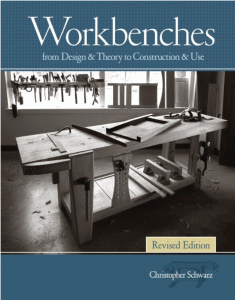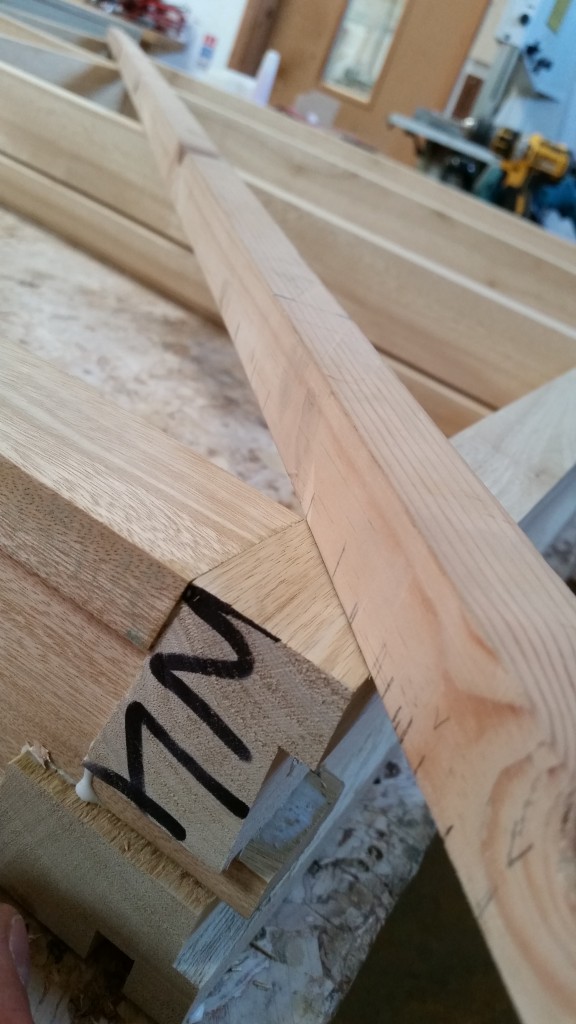We may receive a commission when you use our affiliate links. However, this does not impact our recommendations.
In the third part of this workbench build I get around to gluing up the leg frames. I thought I’d take a moment to mention a couple of details about this phase of the project. Throughout this build I’ve been using bog standard PVA (polyvinyl acetate) wood glue. I’ve always gotten along really well with PVA glue, I know it’s limits, know the timbers that don’t react to well to it and can’t really recall any problems worth mentioning. For a softwood bench build I don’t think I’d use anything else. I’m sure that most woodworkers would have similar experiences.
In recent years animal based glues have been getting more attention thanks to both what seems a revival of traditional methods combined with the far reaching influence of the internet. I personally think that’s a great thing. I’ve been experimenting with hot animal glue recently and I have a small bottle of ready-made hide glue to try. Results have been good and I can imagine using animal glue much more.
However, for a bench build like mine I still prefer PVA. I generally use waterproof PVA on everything. I think that is because we make a lot of external joinery, windows, doors and the like in our workshop. Having non-waterproof PVA hanging about could lead to trouble and creates the opportunity to use internal grade glue externally. By all means, you could use hide glue on your bench build, but personally I’ll “stick” with PVA…
The next thing is squareness! When gluing up the leg frames getting them nice and square is really important. Squareness is something I’m pretty fussy about since so much of what we make in our workshop are doors or windows fitting into frames. One element being out of square causes a big problem for the entire build. The solution to this problem is easy.
Number one, I don’t allow the use of a tape measure for checking squareness. They are floppy and prone to error for this task. I also don’t allow the use of a ruler. The ruler has the same problem as a tape, not the floppy issue, but it’s possible to read a measurement wrong. My favorite method is a screw in a batten. It is so simple to check diagonals this way, simply aligning the screw into the corner of the frame and applying a pencil tick allows a simple and very accurate way of verifying the squareness. I highly recommend it! Hope you enjoy Part 3.
— Graham Haydon
 Do you have questions about workbench building? Check out Workbenches Revised Edition: From Design & Theory to Construction & Use by Christopher Schwarz.
Do you have questions about workbench building? Check out Workbenches Revised Edition: From Design & Theory to Construction & Use by Christopher Schwarz.
Here are some supplies and tools we find essential in our everyday work around the shop. We may receive a commission from sales referred by our links; however, we have carefully selected these products for their usefulness and quality.











Hi Graham & Popular Woodworking,
I saw your workbench on this site the other night and I really like it. I’ve been trying to find more details and the videos without luck. Is this going to be made into a dvd?
Kind regards,
Sean
very timely this post.
I generally use Titebond III for everything I do at work gluing up sign panels, frames, post constructions, etc….It has never failed my and I trust it more than any other outdoor glue. Just the other day I caught one of our carpenters gluing up a wood screen door with Interior wood glue. Hmmm…. we will see how long that lasts. I just shook my head and walked away.
Everything has its purpose and use in life.
I like using animal glue now at home. Helps me slow down, relax a little, and it doesn’t mess up my finish work, and cleans up with warm water (specially off my hands or cloths).